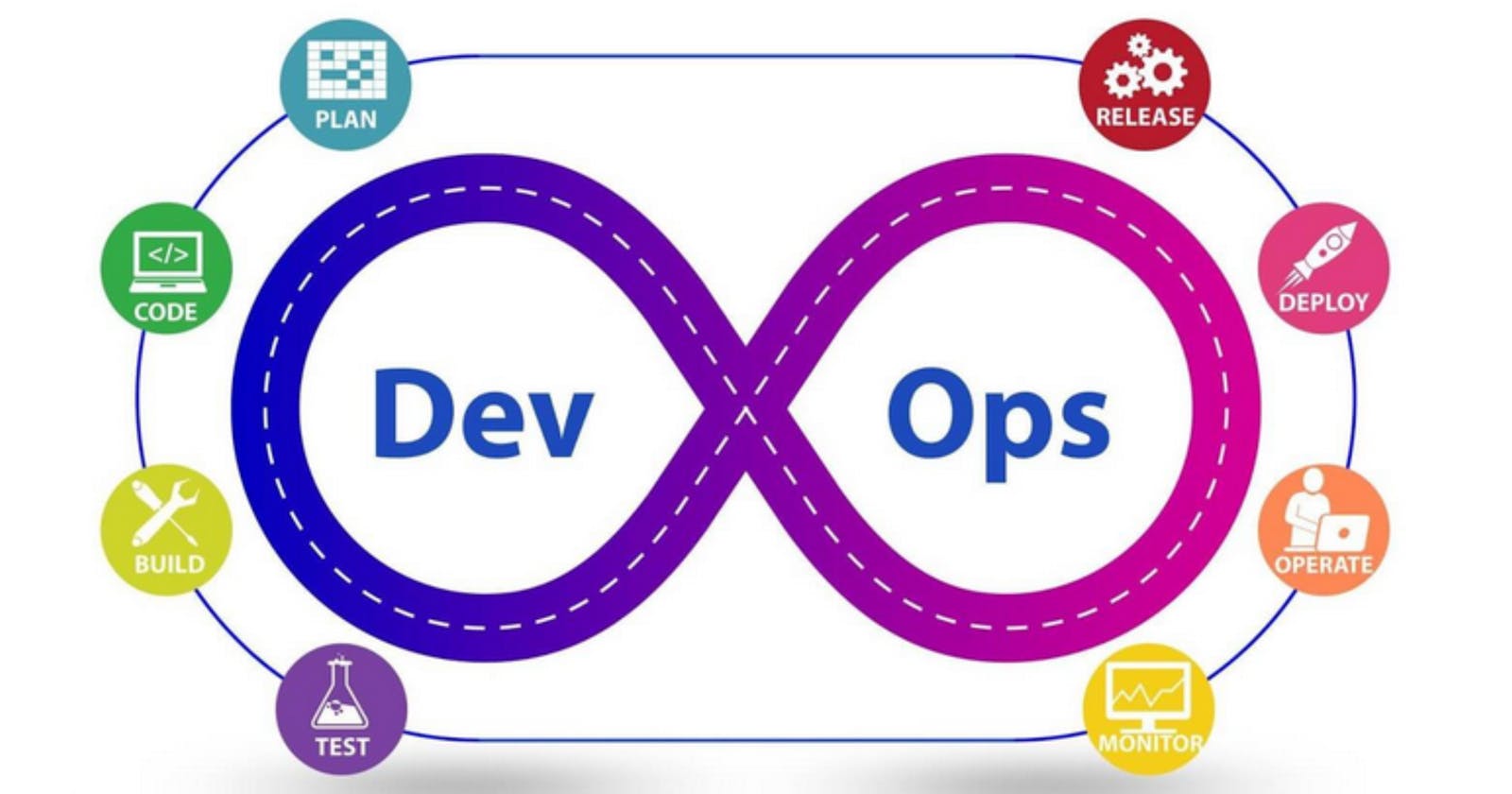🔹What is DevOps ?
DevOps is a methodology that brings together software development and IT operations to create a more efficient and streamlined process. By eliminating the barriers between developers, testers, and operations teams, DevOps promotes collaboration, communication, and automation throughout the entire software development life cycle. The ultimate objective of DevOps is to provide top-notch software to customers more quickly and reliably while also improving the overall user experience.
🔹DevOps Lifecycle

The DevOps life cycle is an ongoing process that comprises multiple stages such as planning, development, testing, release, deployment, monitoring, and maintenance of software applications. In simpler terms, it involves a continuous cycle of software creation, testing, deployment, and maintenance, with the primary objective of ensuring that the software functions correctly, adheres to the necessary standards, and remains secure and up-to-date. By following this cycle, DevOps helps organizations to deliver software that is of high quality, efficient, and adaptable to changing market needs.
Source Code Management: During this phase, the software development team and business owners talk over the objectives of the project and make a plan. The application is then created and coded by programmers, who store the code using methods like Git.
Continuous Build and Test - In this stage, tools like Maven and Gradle are built, and then code from several repositories is combined to build the entire application. To assure software quality, the application is then tested using automated testing tools like Selenium and JUnit.
Continuous Integration: New features are automatically incorporated into the existing codebase after testing is finished.
Continuous Deployment: In this method, after the application is released and moved from the development server to the production server, it is packaged. Operations teams carry out activities like configuring servers and providing them with the necessary resources after the software has been launched.
Continuous Monitoring - Monitoring enables IT organisations to locate problems with certain releases and comprehend how they affect end users.
Release of the Software - The software is launched into the market once all of the phases have been finished and it has met all user requirements.
🔹What is Automation, Scaling, and Infrastructure in DevOps ?
🔹Automation
Automation plays a key role in DevOps by leveraging software tools and scripts to streamline various tasks throughout the software development process. This may involve automating the building, testing, and deployment of software, as well as managing infrastructure and configuration. With automation, DevOps teams can increase efficiency, reduce errors, and ensure consistency, ultimately leading to faster and more reliable software releases. In addition, automation allows human resources to focus on more complex and creative tasks that cannot be easily automated, resulting in increased productivity and innovation.
🔹Scaling
Scaling in DevOps is the capability to adapt and expand the software development process to meet the evolving needs of the business. It involves creating a process that is designed to be adaptable and scalable, so it can handle increased demands as the software grows and changes.
For instance, if a company experiences a sudden increase in its user base, the DevOps process should be able to handle the increased demand for new features and updates. This may entail adding more resources, enhancing automation, and optimizing workflows to maintain the same level of efficiency and quality.
The objective of scaling in DevOps is to ensure that the software development process can keep pace with the business's growth and evolution while preserving the same level of agility and efficiency that is expected in a DevOps environment.
🔹Infrastructure
Infrastructure in DevOps refers to the hardware and software components that underlie the software development process. This includes servers, networks, databases, operating systems, and other tools and technologies.
In a DevOps environment, the infrastructure is often treated as code, meaning it is managed and maintained using the same principles and practices as software development. This approach facilitates infrastructure management, deployment, and scaling, resulting in more efficient and dependable software releases.
Infrastructure is essential to the DevOps process since it provides the necessary foundation for software development, allowing DevOps teams to build, test, and deploy software more efficiently and quickly.
🔹Why DevOps is Important?
DevOps plays a crucial role in helping organizations to enhance their software delivery by promoting collaboration and communication between teams, breaking down silos, emphasizing automation and quality assurance, and enabling faster response to market changes and customer needs. By adopting DevOps practices, organizations can deliver high-quality software quickly and efficiently, leading to increased competitiveness and customer satisfaction.
Continuous delivery of software
Better collaboration between teams
Easy deployment
Better efficiency and scalability
Errors are fixed at the initial stage
More security
Less manual intervention (which means fewer chances of error)
Early error detection
Reduced deployment failures
DevOps is a valuable approach to software development that allows organizations to operate more efficiently, be more responsive to market changes, and deliver software of better quality with greater efficiency. By adopting DevOps practices, organizations can enhance their software development and delivery capabilities, leading to improved outcomes and increased competitiveness.
Thank you for reading!!
Let's Connect on LinkedIn.
